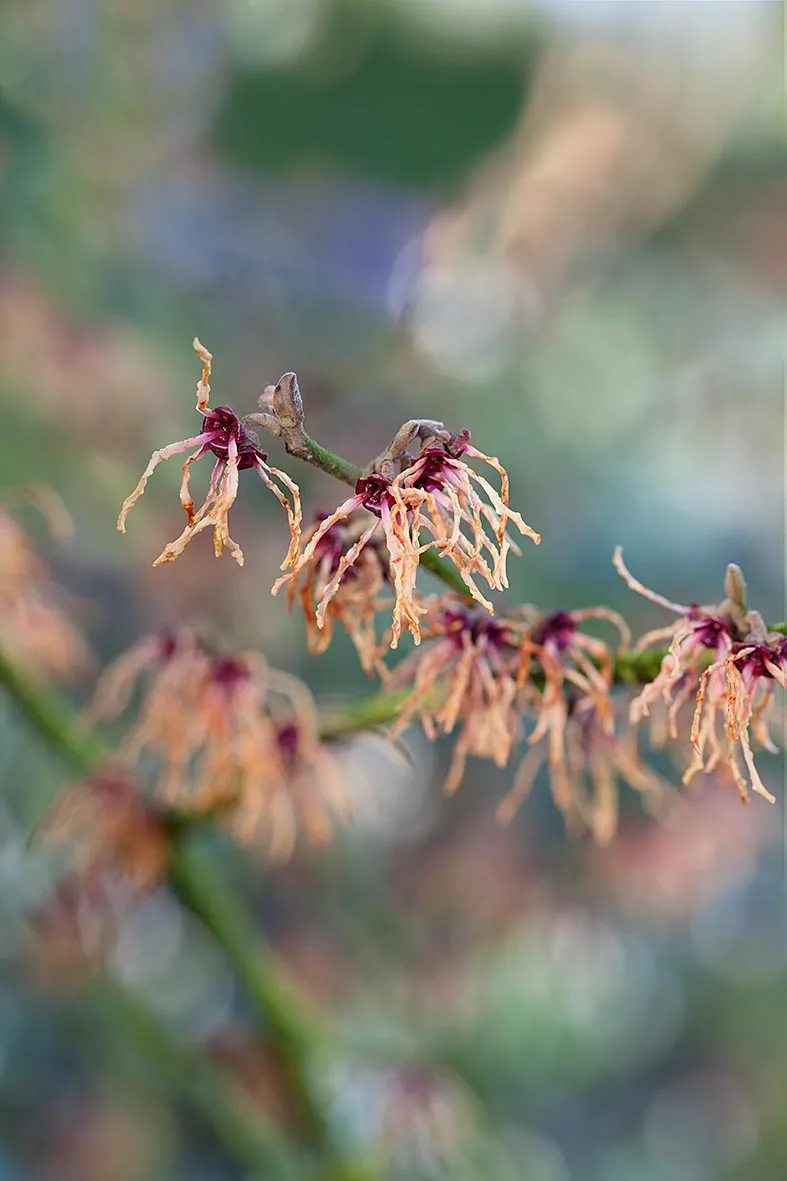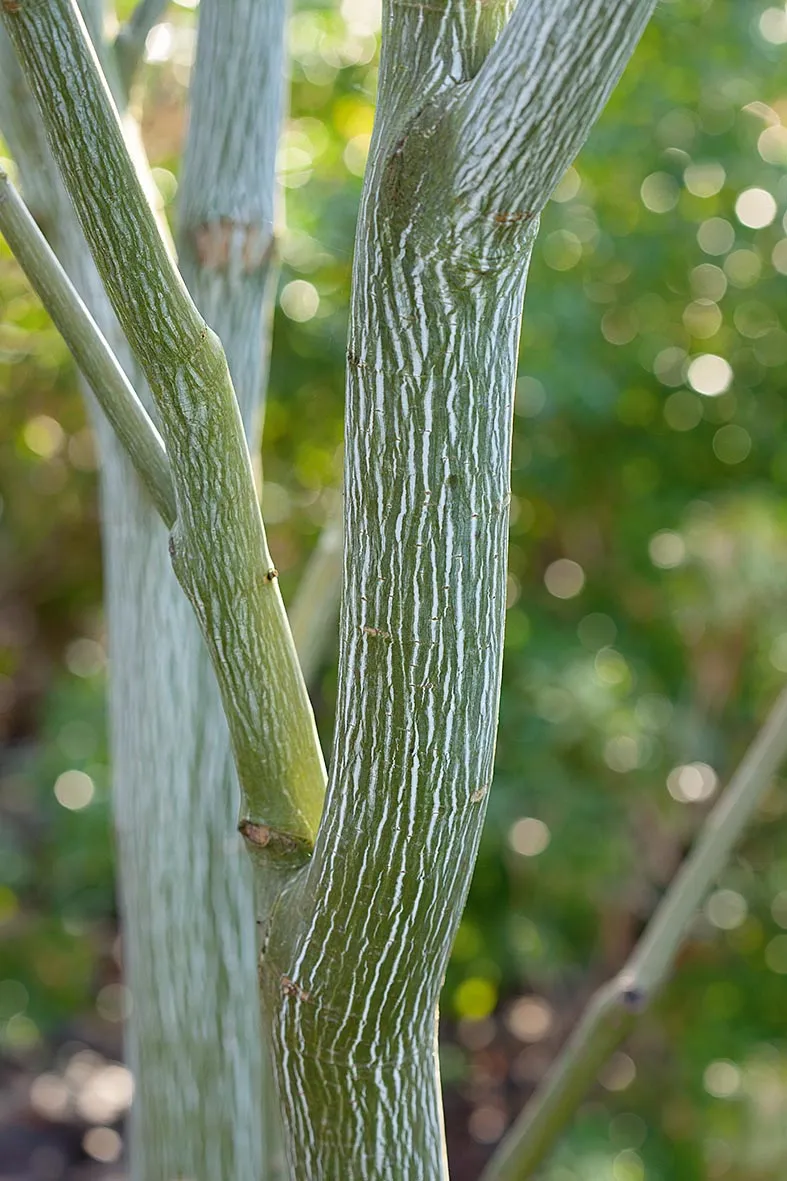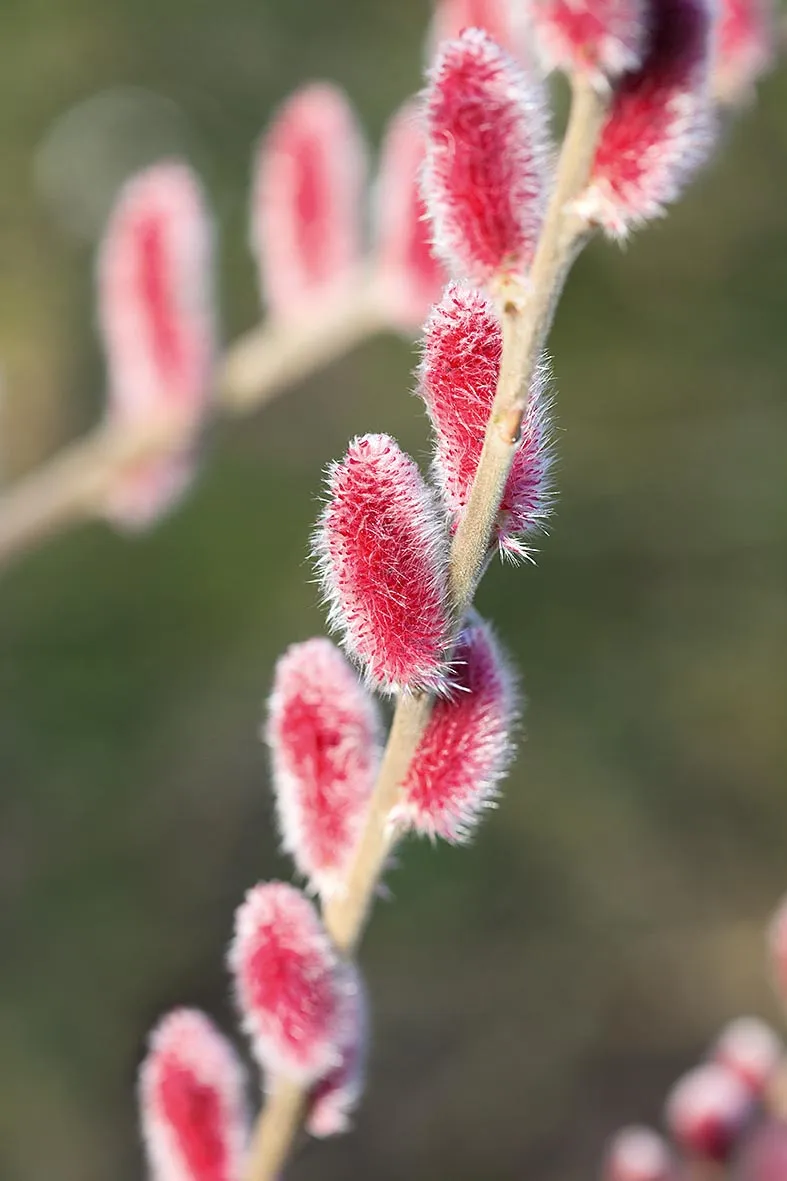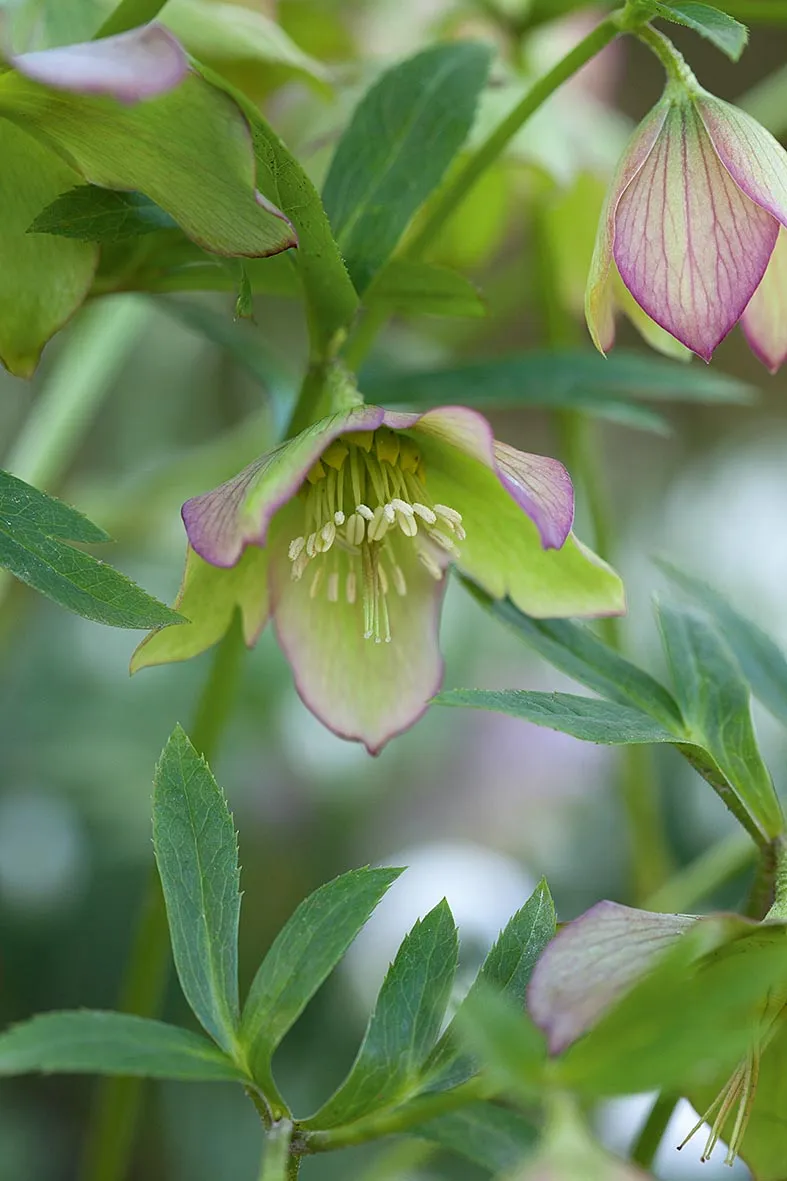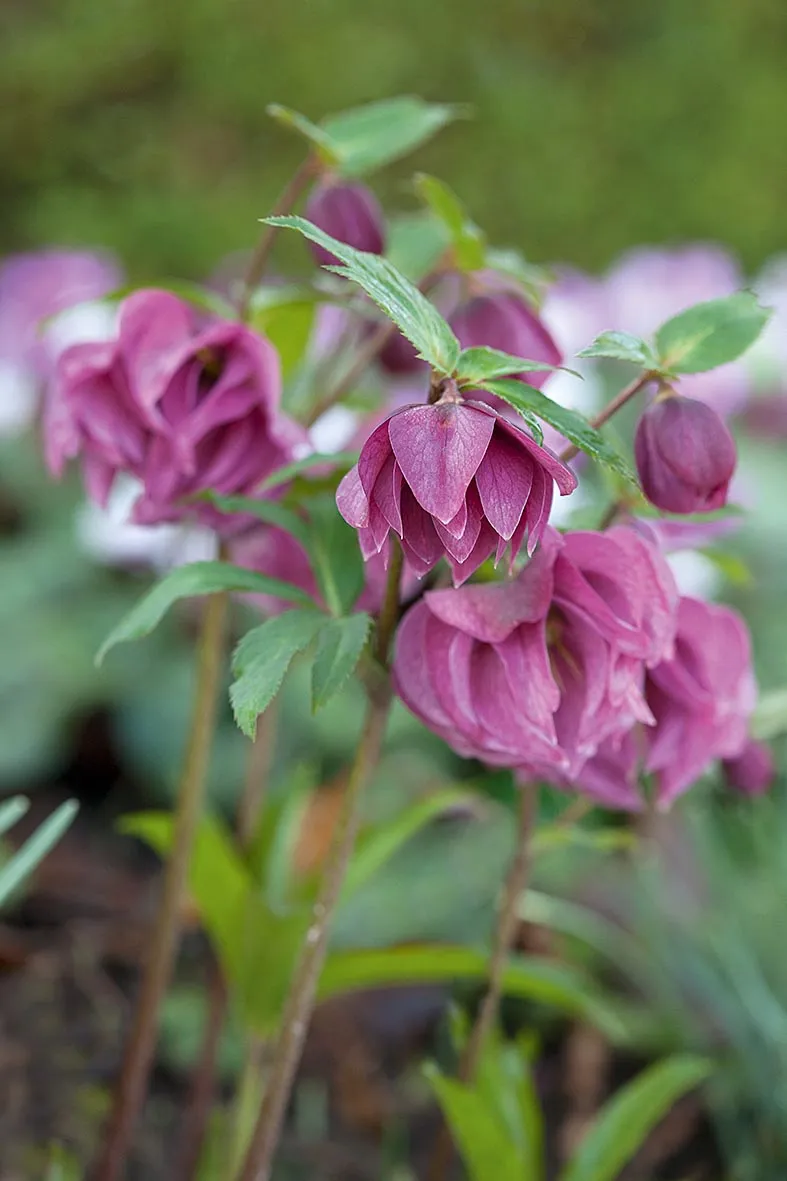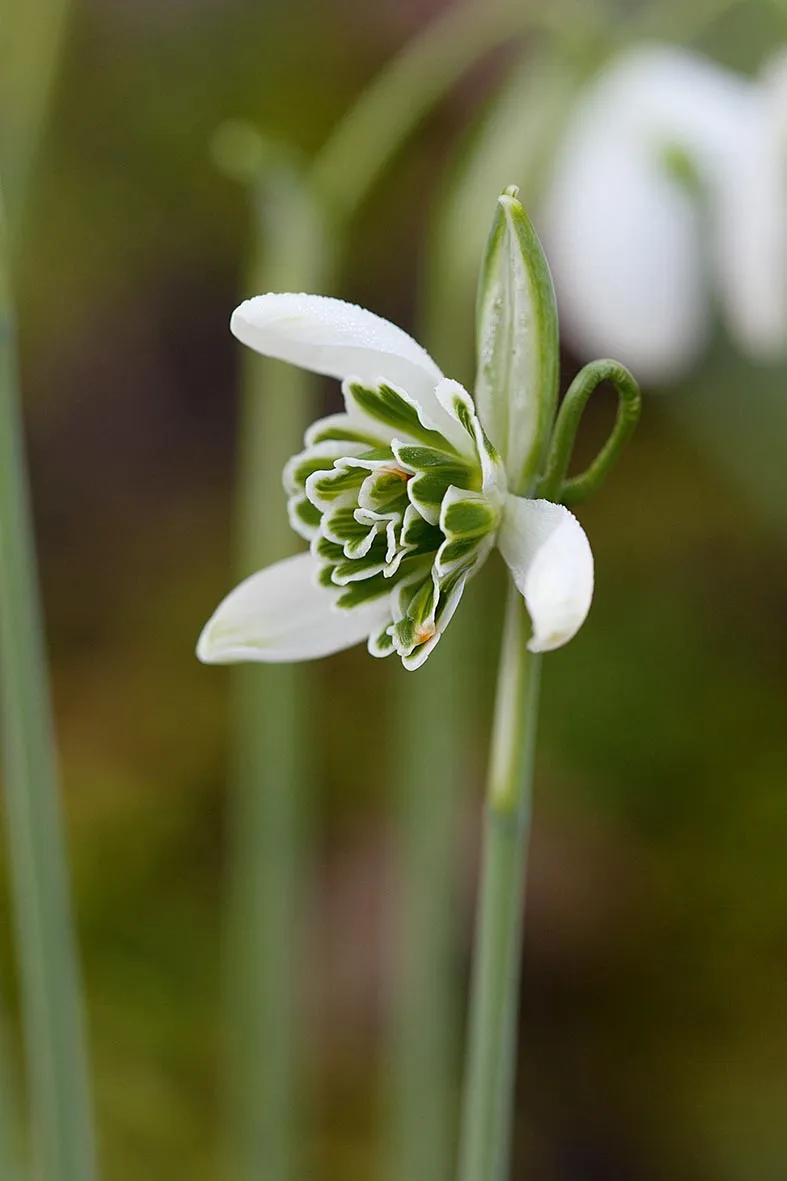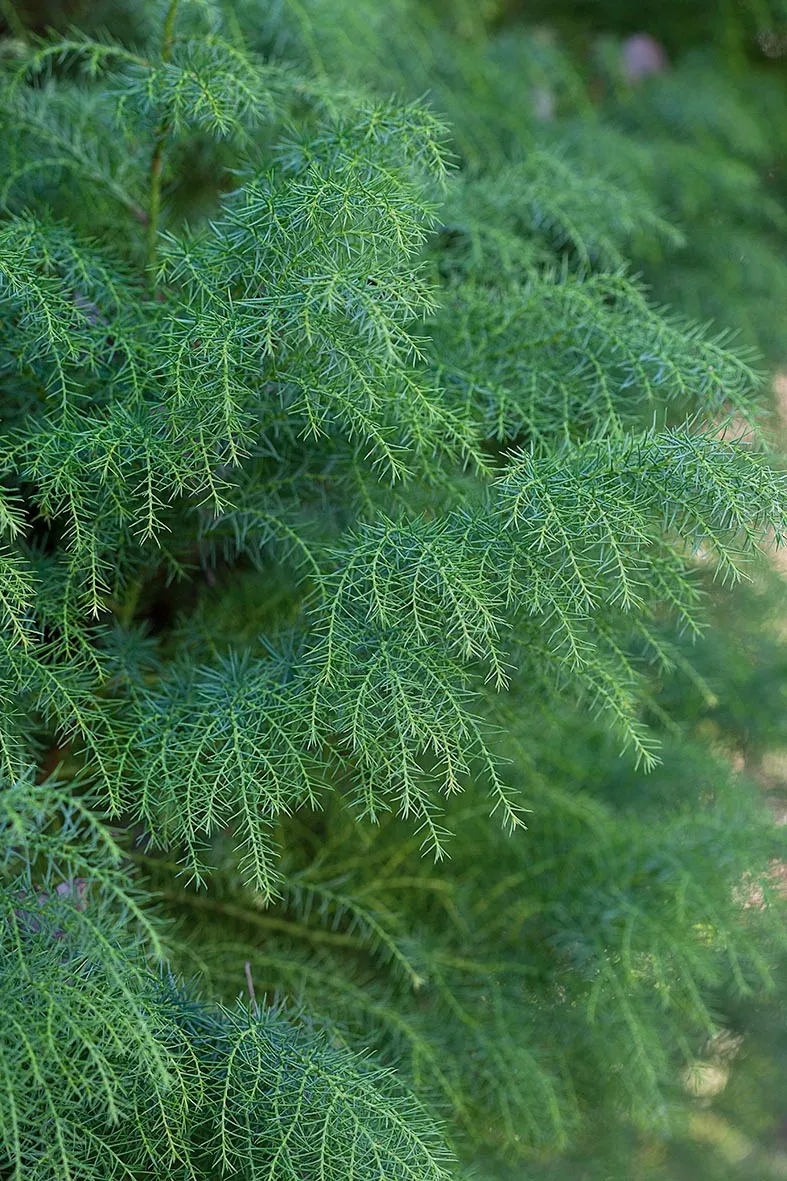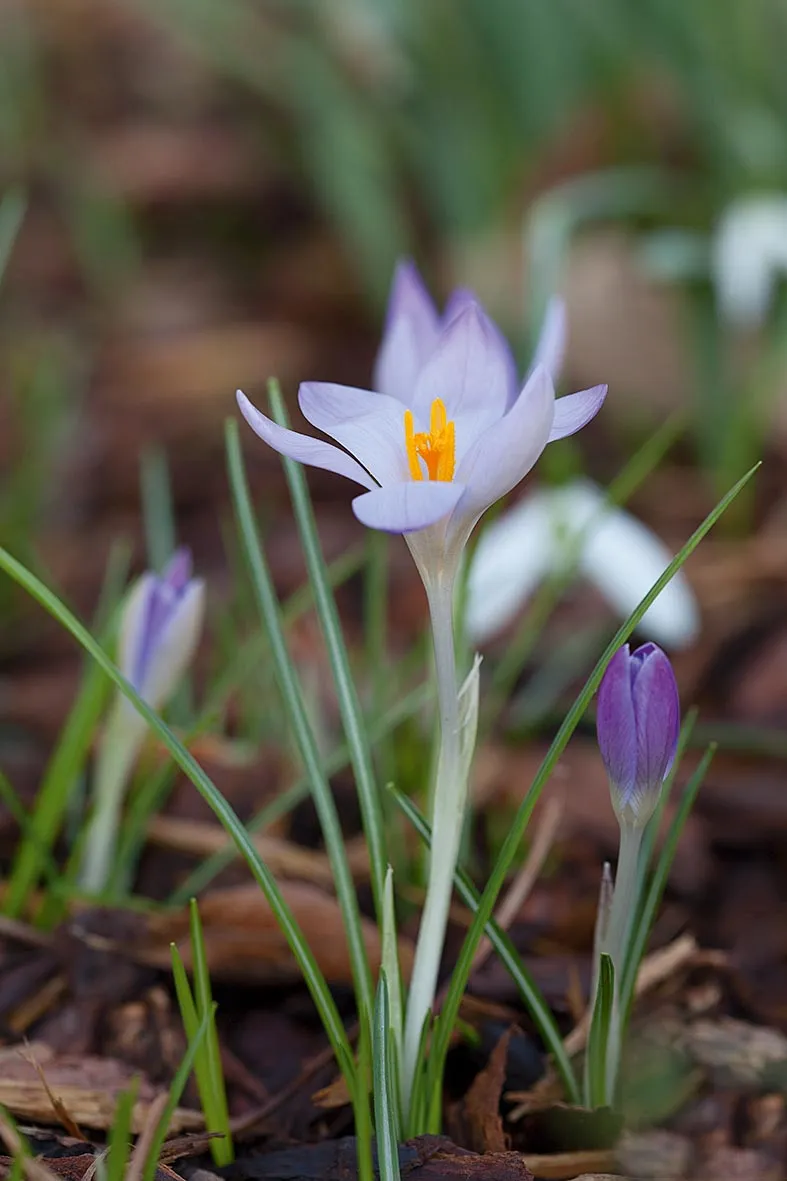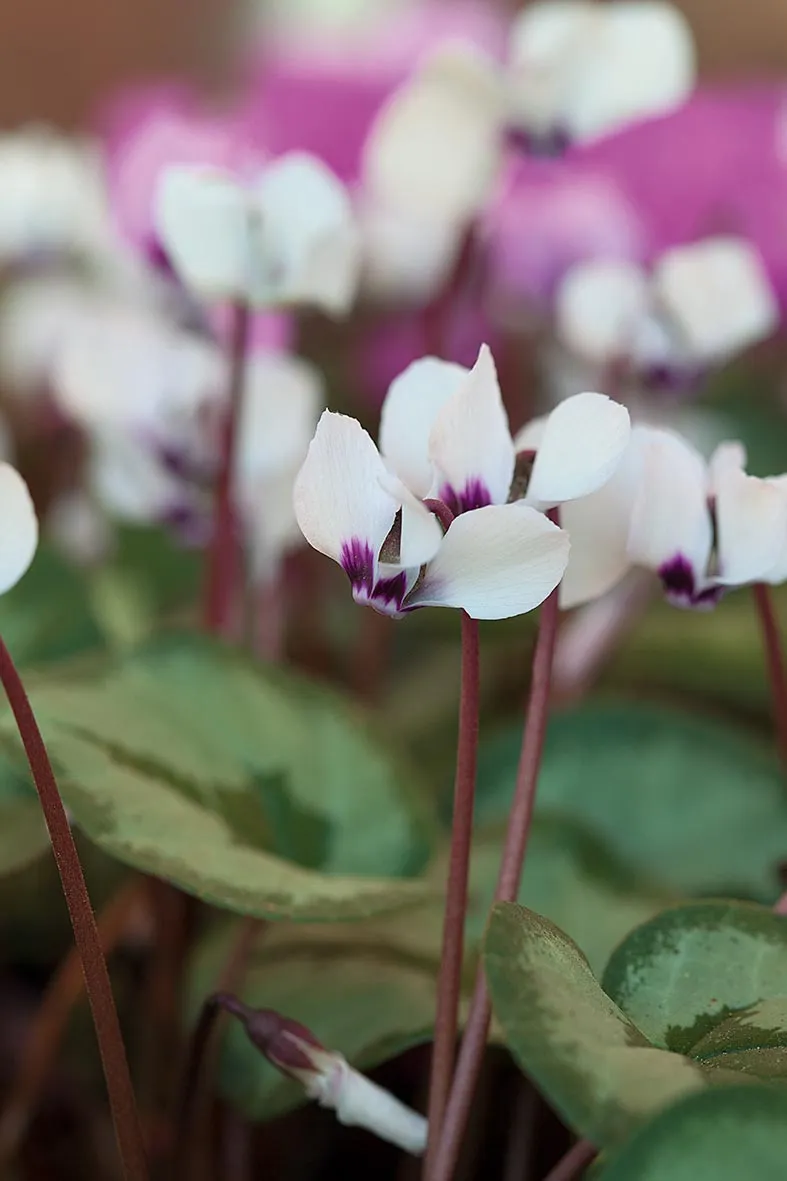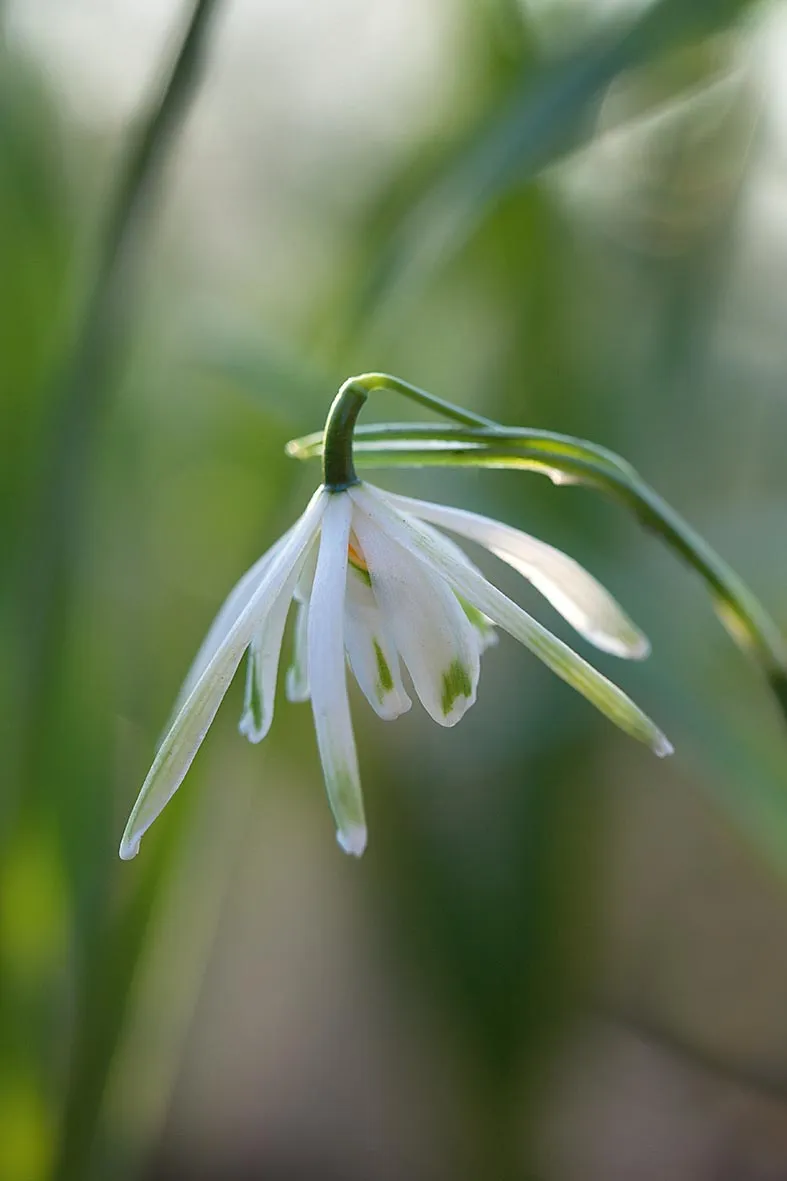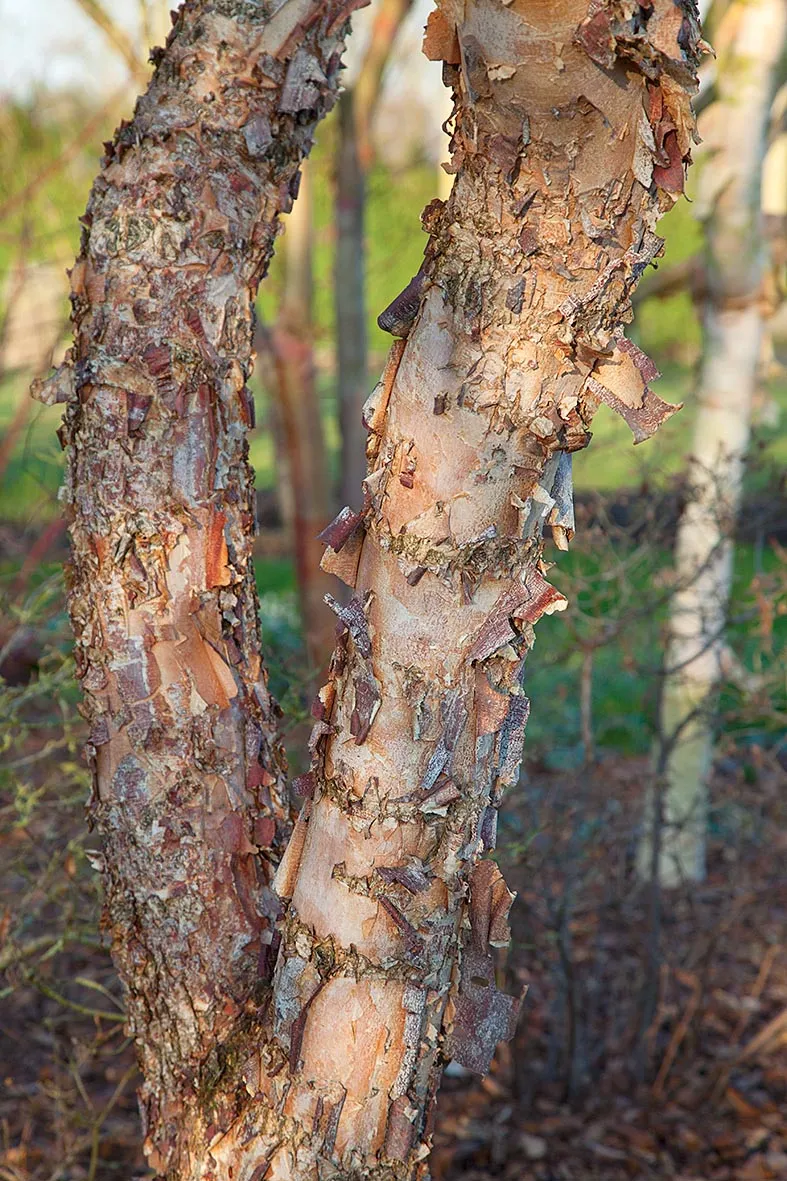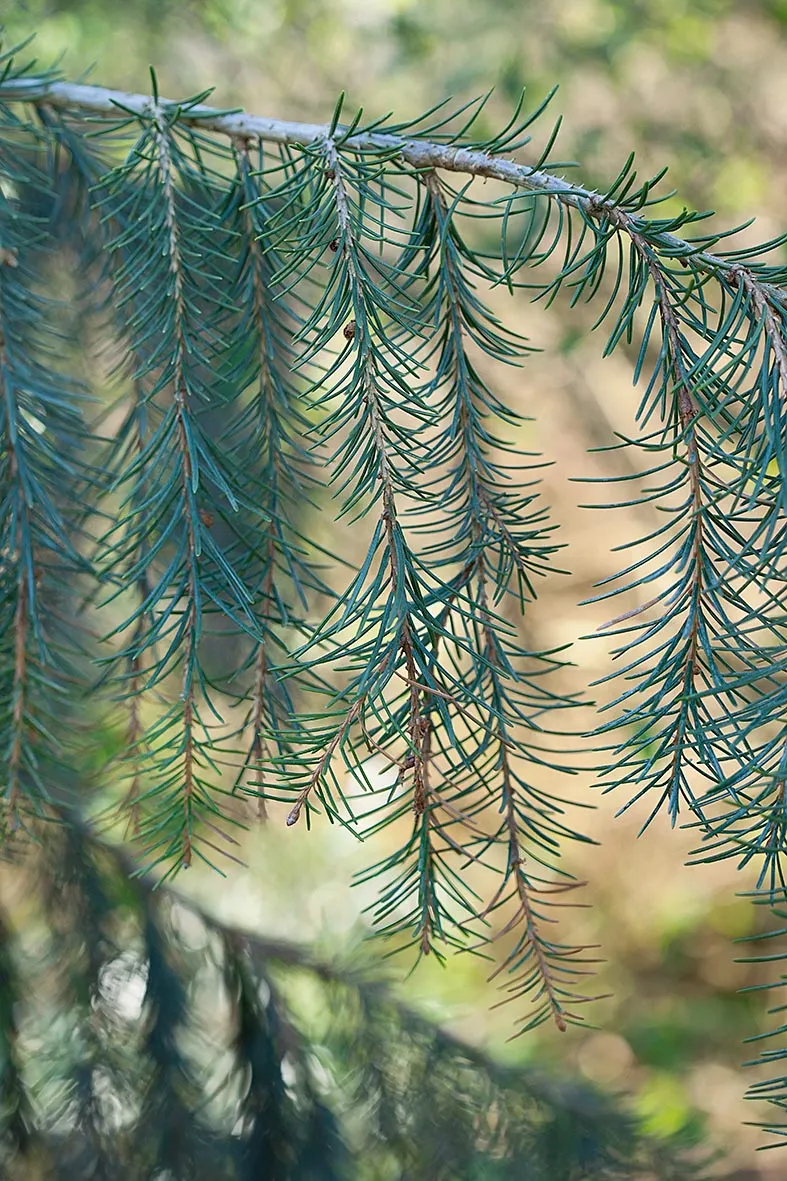"I am a plant collector, obsessively so, and this is a plant collector’s garden,” says Olivier Vico, speaking of Domaine du Ooievaar, the garden he has created southwest of Ghent in Belgium. “But, I also like well-designed gardens and I did not want a garden like so many collectors’ gardens, with plants growing together and hundreds of plant labels.”
Olivier has succeeded beautifully and, together with his wife Trudy, has made a harmonious garden that sits comfortably in the surrounding landscape, wearing its horticultural credentials lightly. The house, a traditional Flanders farmhouse built from red brick with the white pointing typical of the area, is built on three sides around an open courtyard. “I knew from the very beginning that in this central courtyard the garden had to be formal,” explains Olivier.
IN BRIEF
What Domaine du Ooievaar, a formal garden and orchard that houses important collections of bulbs, shrubs and trees.
Address Ooievaarsnest 11, 8510 Kortrijk, Belgium.
Size Two hectares.
Soil A moisture-retentive loam that drains freely.
Climate Temperate.
Hardiness zone USDA 7b.
Open Most years in June as part of Jardins Ouverts de Belgique, and by appointment for groups of 10-30 people.
Evoking the cour d’honneur of grand French and Dutch gardens of the 18th century, the courtyard is flanked by pleached limes enclosing a parterre of low box hedges, punctuated, in each quadrant, by yew pyramids. The rigorous formality of the gardens that inspired it, though, is challenged by the exuberant planting within the box-hedged areas, with a vibrant mixture of herbaceous perennials, annuals, ornamental grasses and, above all, bulbs ensuring that this part of the garden is full of colour and movement throughout the year.

Moving away from the house the formality continues in an orchard of 22 fruit trees that are planted in a grid pattern. In the classical manner, the further one is from the house the less formal the garden becomes. “Given the layout of the buildings, a certain formality imposes itself,” says Olivier, “but as we get further away from them, we allow ourselves an element of looseness and a preference for more organic forms.”
In the orchard this looseness is provided by 30,000 narcissi, snowdrops and camassias planted, not throughout the orchard as they might be in most gardens, but in the connecting lines between the trees. Once the bulbs have finished flowering, they are left to die back naturally, allowing grasses to grow up in waves between the trees. Olivier explains that this also has a practical maintenance benefit: the grass in most of the orchard can be mown while the bulbs are left to die down naturally.
The aim here has been not to recreate the historic style but rather to reinvent it, to evoke the tranquillity of the formal while marrying it with a contemporary aesthetic and a modern plant palette. The plants in the garden are as important as the design of the space. “For me a well-designed garden is not enough. I need a certain botanical richness and it is important that our plant collections are integrated into the garden,” Olivier explains. “This is a relatively small space and once the structural elements – trees, shrubs, hedges – were planted, there was not only less space but also more shade, so I am more and more interested in plants that are adapted to both, like the snowdrops, the cyclamen and the ferns in the wilder areas.”
It is in these wilder areas that Olivier has planted collections of birch and witch hazel, underplanted with hellebores, crocuses and, as everywhere else in the garden, snowdrops. Rather than being grown in pots, in the manner of an exhibition, here they are planted in the garden where they can romp around, cross pollinate and, most importantly, bring life and colour for many months of the year.
This is a garden for all seasons, but its owners look forward most to seeing it in winter. “A garden of two hectares is a lot of work, particularly in the summer. In the winter there is less to do and so we are able to appreciate the garden more,” says Olivier. “As much as we like the vigour and abundance of summer, in winter we can admire the architecture of the garden traced by the hedges and anchored by evergreens, and we have the time to really look at those plants whose winter flowers furnish the space. Winter is when the whole garden is here, when everything comes together.”
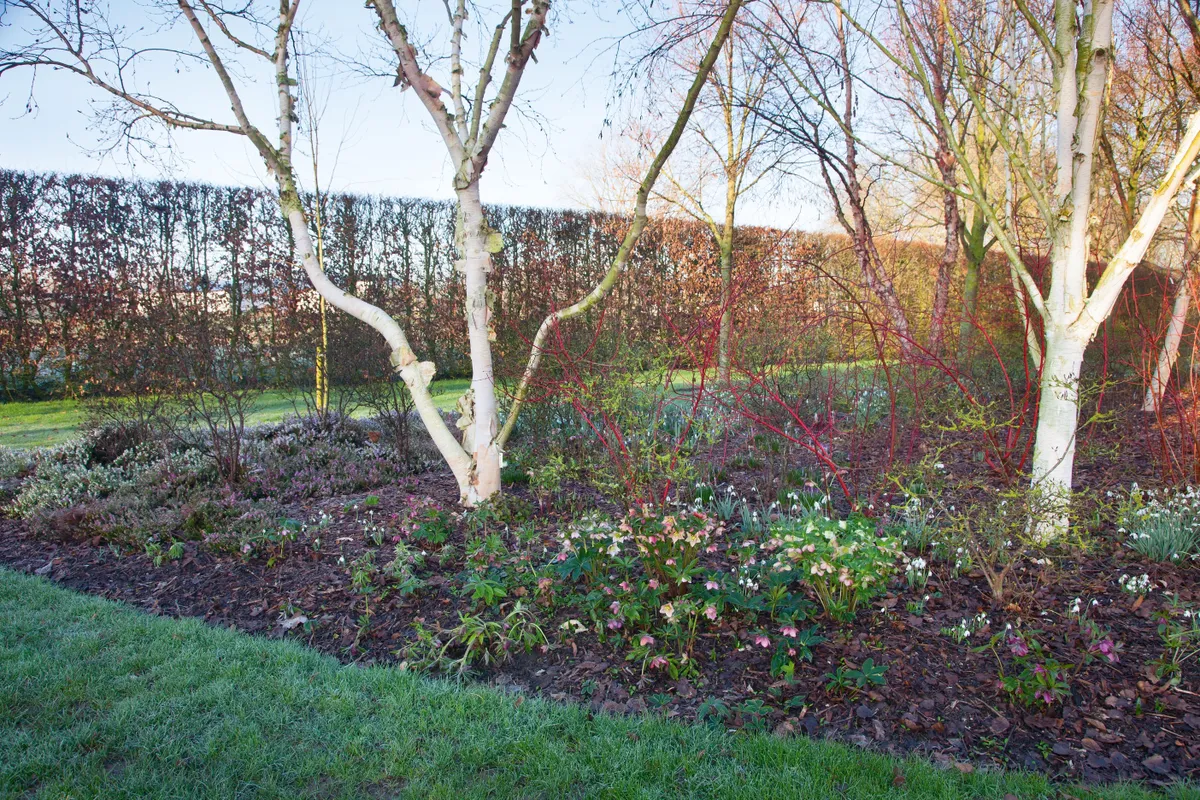
Close to a boundary hornbeam hedge a collection of birch trees are surrounded by the colourful stems of dogwoods, Cornus sanguinea, and underplanted with hellebores and snowdrops. In the foreground the pale bark of Betula costata peels back to reveal the pink tones of the tree trunk.
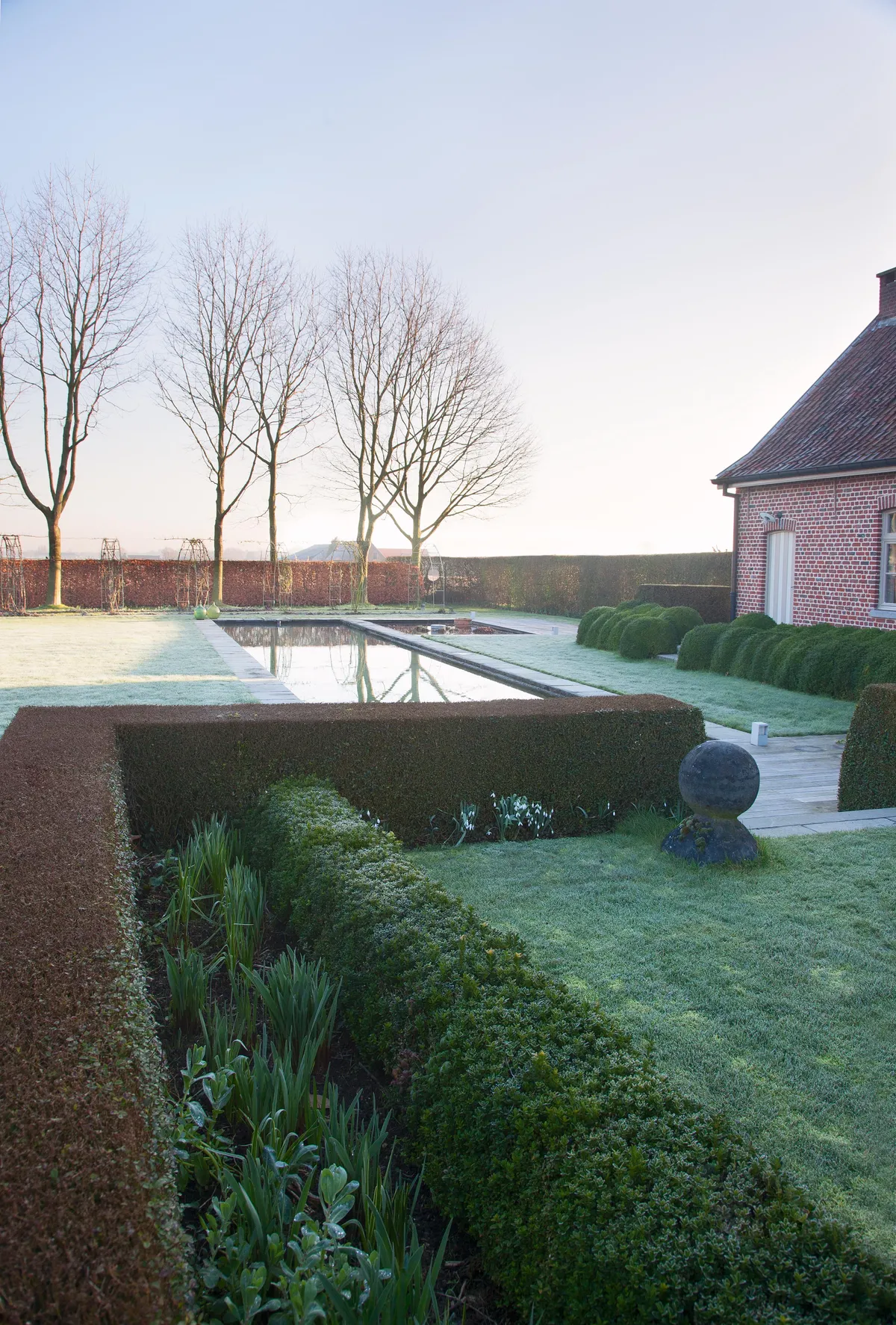
Behind the house there is a swimming pool that is cleaned by the movement of water through the roots of plants. Natural swimming pools are often made in organic forms, to resemble ponds, but here the rectilinear pond is used to echo the formality of other parts of the garden.
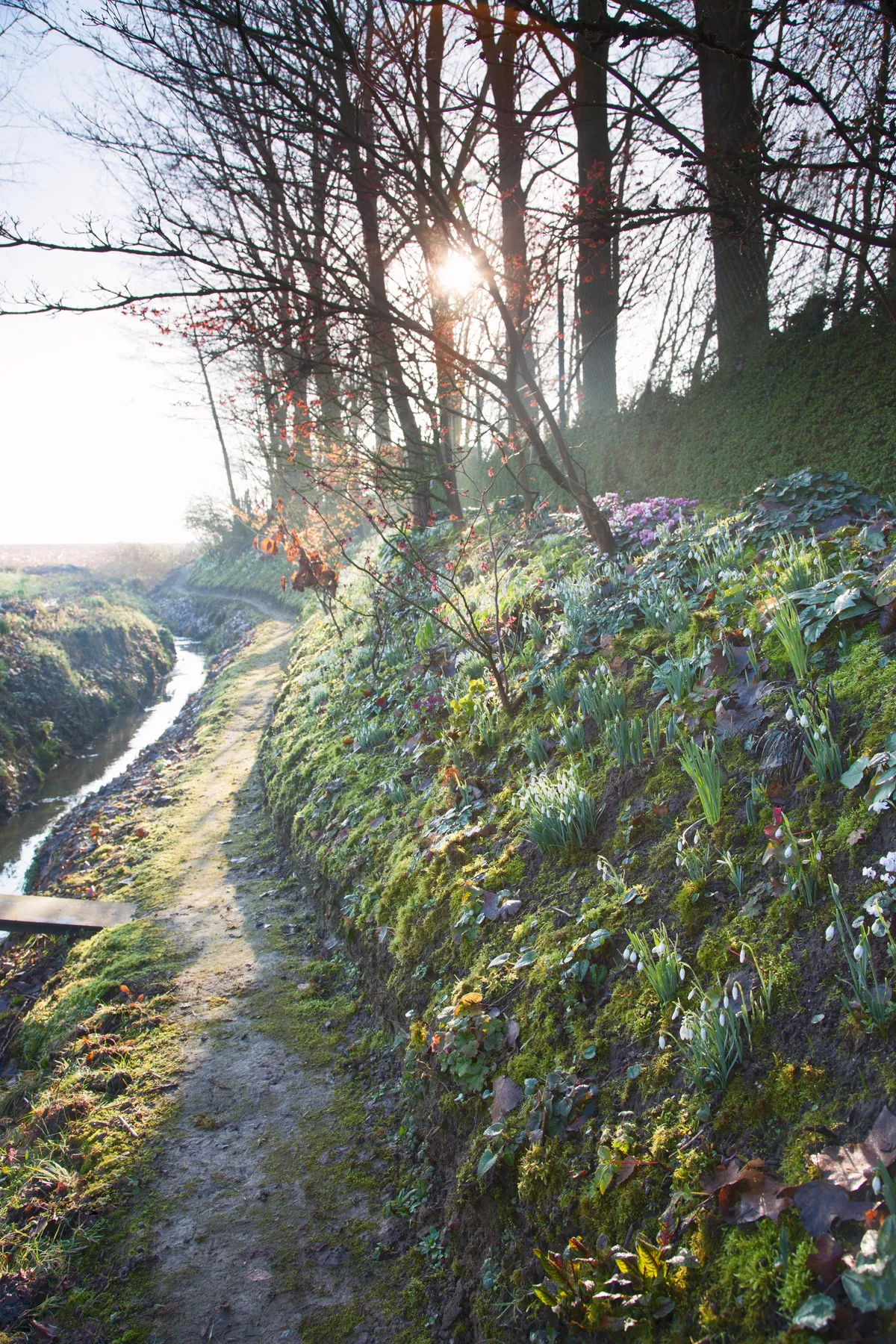
A stream runs through the garden and passes along the boundary. Here the couple have planted snowdrops, forms of Cyclamen coum and part of their collection of Hamamelis. The shade provided by the American red oaks, Quercus rubra, and the well-drained soil of the bank provide perfect conditions for the plants.
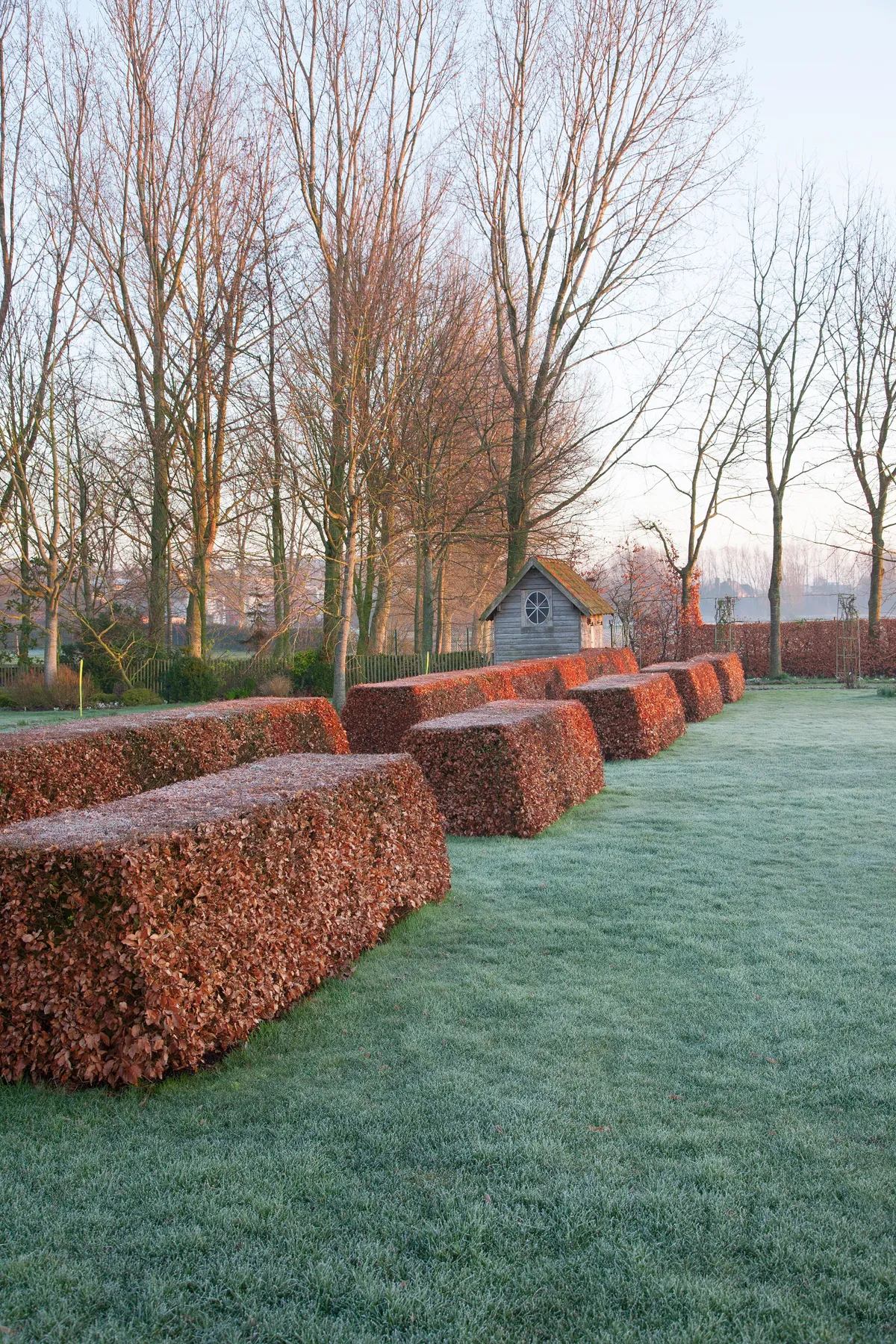
Between the formality of the orchard and more informal areas of the garden is a series of low, clipped beech hedges, which create a separation between areas without closing them off entirely. Olivier favours beech for the way that it holds on to its leaves in winter.
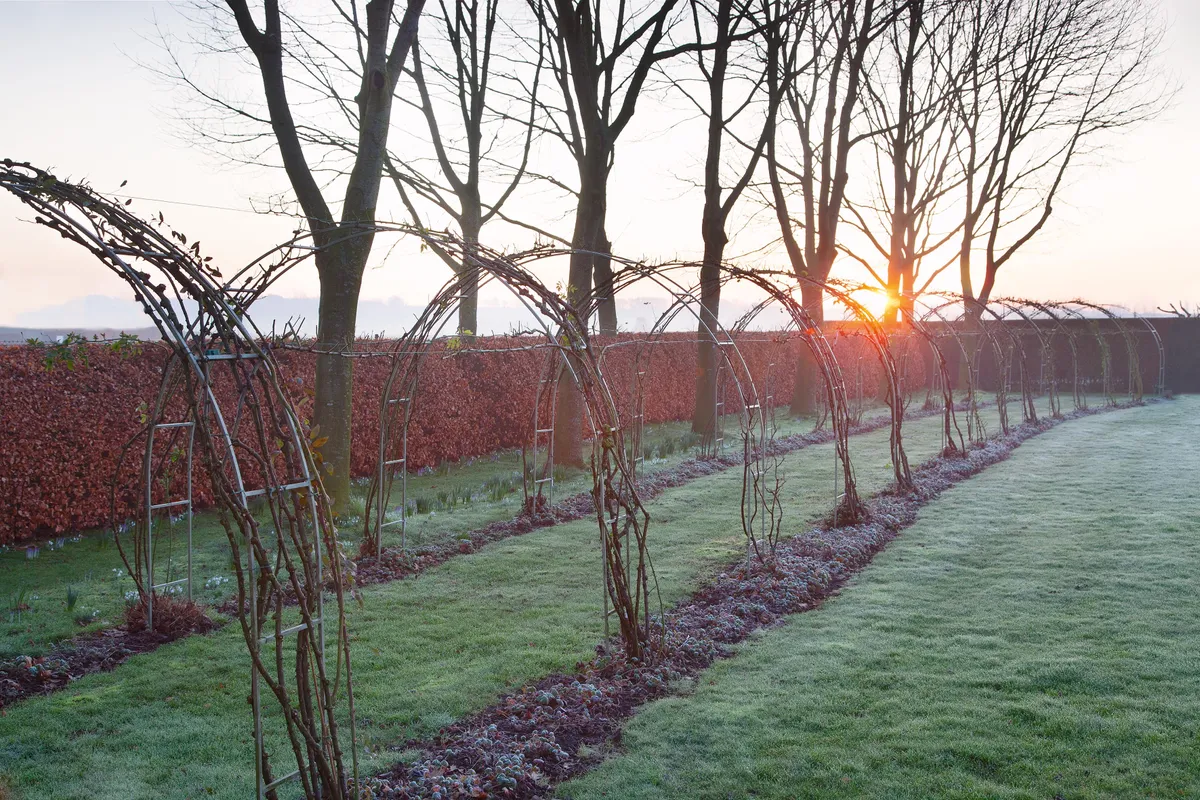
A series of 15 metal arches, clothed with climbing roses, stretches alongside a perimeter hedge. Linking them on both sides is an underplanting of Geranium macrorrhizum, which in mild winters is evergreen. The job of pruning the roses is usually done in the lull between Christmas and New Year.
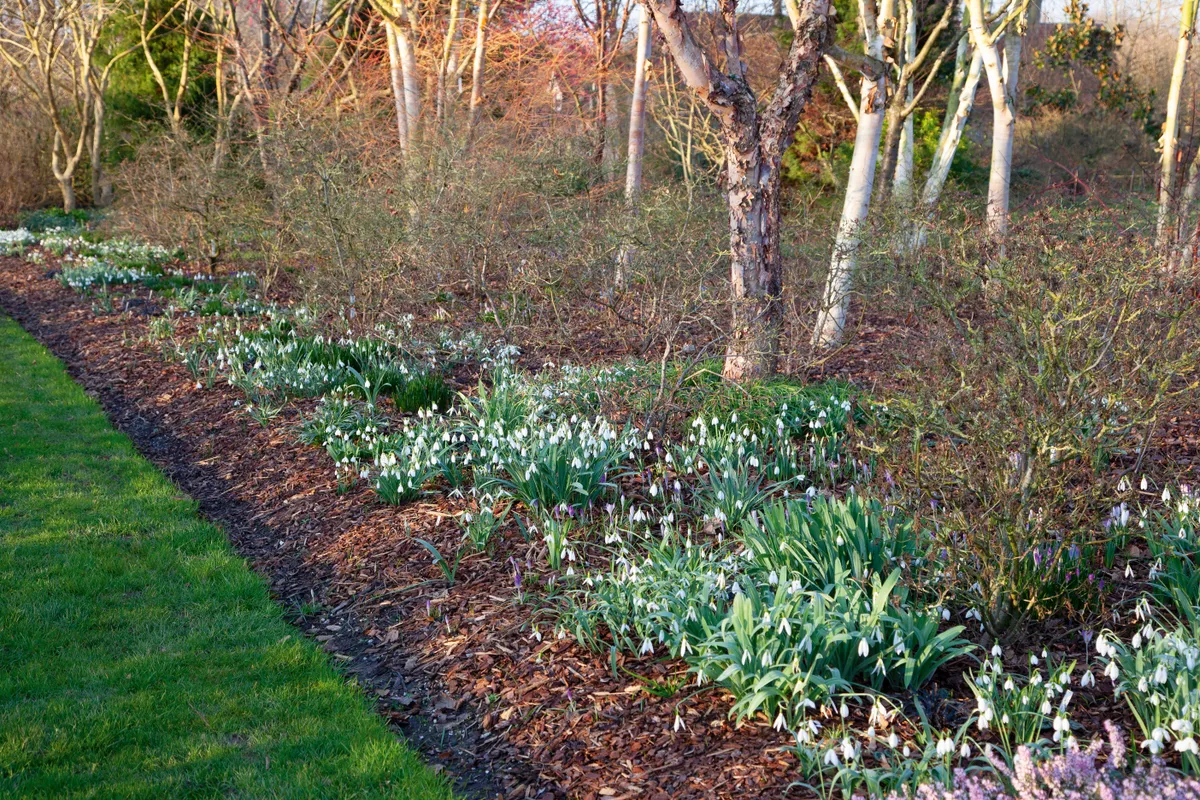
Clumps of snowdrops thrive under a specimen of Betula nigra 'Heritage' (= ‘Cully’). Snowdrops are not just a flower of early spring and in this garden there are specimens in flower for six months, starting in autumn with forms of Galanthus reginae-olgae and finishing with the last of the Galanthus nivalis.
